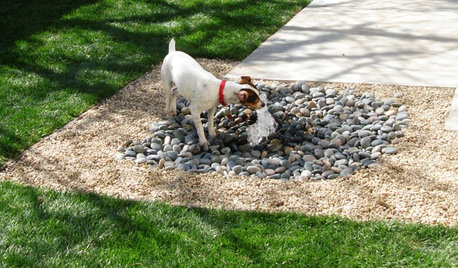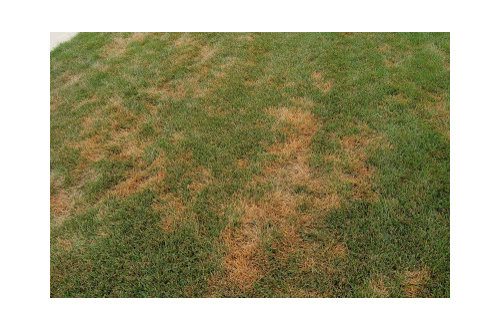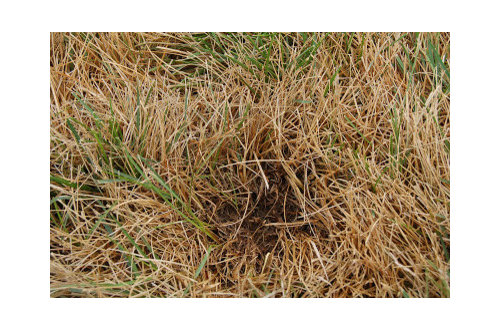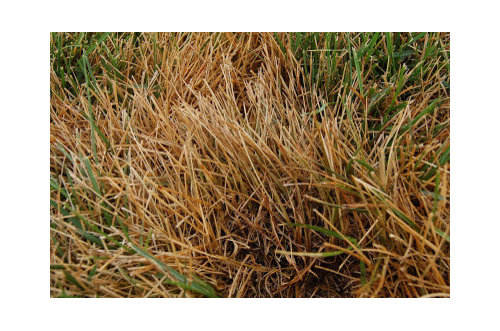Pics - Newly Org Lawn Troubleshooting
rlembke
16 years ago
Related Stories

FRONT YARD IDEASBefore and After: Front Lawn to Prairie Garden
How they did it: Homeowners create a plan, stick to it and keep the neighbors (and wildlife) in mind
Full Story
GREEN BUILDINGHouzz Tour: Passive House Principles, Active Benefits in Portland
Lower energy bills and consistent temperatures are just two of the advantages of this architect’s newly built home
Full Story
PETSHouzz Call: Send in the Dogs
Have the greatest dog in the world? Share your best design photo featuring the dog you live or work with
Full Story
COMMUNITY15 Ways to Make Your Neighborhood Better
Does your community lack ... well, a sense of community? Here's how to strengthen that neighborly spirit
Full Story
FIREPLACESUpdated Woodstoves Keep Home Fires Burning
Better technology means more efficiency than ever for modern woodstoves
Full Story
MOST POPULAR8 Backyard Ideas to Delight Your Dog
Cue the joyous soundtrack. These pet-friendly landscape and garden ideas will keep your pooch safe, happy and well exercised outdoors
Full Story
MOST POPULARHow to Hang the American Flag at Home
We’ll show you how to display the American flag on your house for Memorial Day, the Fourth of July or all year round
Full Story
FALL GARDENINGHouzz Call: Show Us Your Fall Color!
Post pictures of your fall landscape — plants, leaves, wildlife — in the Comments section. Your photo could appear in an upcoming article
Full Story
HOUZZ TOURSHouzz Tour: Modern and Traditional Tango in a Spanish-Style Ranch
From leaky and drab to revamped and fab, this Southern California home with its own orchard is more than ready for guests
Full Story
BUDGET DECORATING14 Ways to Make More Money at a Yard Sale — and Have Fun Too
Maximize profits and have a ball selling your old stuff, with these tips to help you plan, advertise and style your yard sale effectively
Full Story









skoot_cat
deerslayer
Related Professionals
Fitchburg Landscape Architects & Landscape Designers · Grand Haven Landscape Architects & Landscape Designers · Milwaukee Landscape Architects & Landscape Designers · Camp Verde Landscape Contractors · Davis Landscape Contractors · Ellicott City Landscape Contractors · Fridley Landscape Contractors · Pompton Lakes Landscape Contractors · Tewksbury Landscape Contractors · Newman Swimming Pool Builders · Sunny Isles Beach Swimming Pool Builders · Orlando Fence Contractors · Palm Harbor Fence Contractors · Parkway Fence Contractors · Rome Fence Contractorsskoot_cat
deerslayer
rlembkeOriginal Author
deerslayer
rlembkeOriginal Author
fescue_planter
rlembkeOriginal Author
rlembkeOriginal Author
grayentropy
bpgreen
morpheuspa (6B/7A, E. PA)
rlembkeOriginal Author
skoot_cat
rlembkeOriginal Author
morpheuspa (6B/7A, E. PA)
rlembkeOriginal Author
deerslayer
rlembkeOriginal Author
rlembkeOriginal Author
habiem
rlembkeOriginal Author
deerslayer
rlembkeOriginal Author
deerslayer